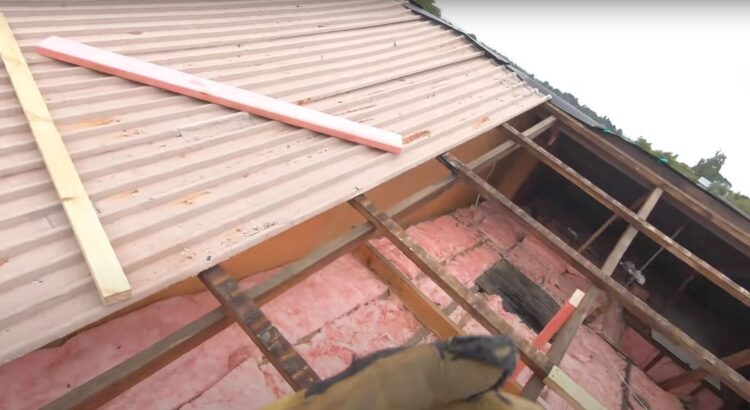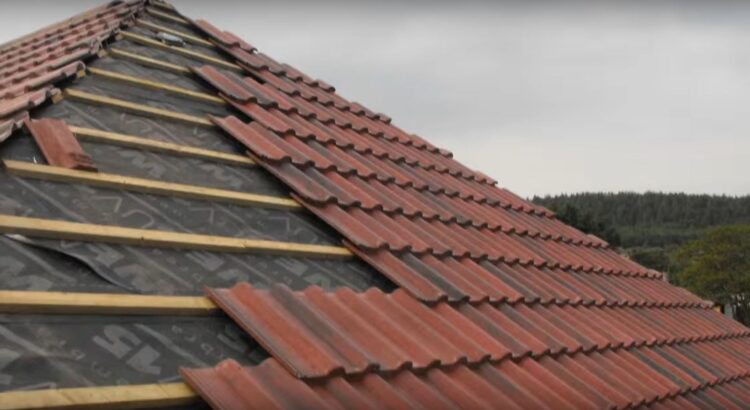Weighing the Options: Restoration vs Replacement for Auckland Roofs
Auckland, with its dynamic weather and coastal environment, demands a lot from our roofs. For many homeowners, the pressing question becomes: is it more cost-effective to restore or completely replace the roof?
Understanding Roof Restoration
Roof restoration primarily involves the process of cleaning, repairing, and re-coating the roof to extend its lifespan. The main goal is to enhance the roof’s durability without replacing it entirely.
Key Costs in Roof Restoration:
- Repair of minor cracks and damages.
- Re-coating or painting to provide a fresh look.
- Replacement of a few damaged tiles or shingles, if any.
- Labour charges, which can vary based on the complexity and size of the roof.
For concrete tiles, a popular choice in areas like Forrest Hill and Halfmoon Bay, restoration costs can range from $50 to $150 per square metre. But keep in mind, these prices can fluctuate based on the specific requirements of each job.
The Complete Replacement Route
Roof replacement means the entire existing roof is removed, and a new one is installed. This process is typically considered when the roof is near or past its expected lifespan, or when damages are extensive.
Key Costs in Roof Replacement:
- Removal of the old roof.
- New roofing materials (e.g., concrete tiles, which are prevalent in the Auckland region).
- Installation charges.
- Possible structural repairs or upgrades.
For concrete tile roofs, homeowners in Auckland can expect an average price of $110 to $300 per square metre for replacement. However, prices can vary based on the intricacy of the job and specific regional factors.
Factors Influencing the Decision
- Roof’s Age: If your roof is nearing the end of its lifespan (typically 25-30 years for many materials), replacement might be a more sensible option.
- Extent of Damage: Minor damages are often manageable with restoration. However, significant structural damages might require a complete overhaul.
- Long-term Perspective: While restoration is cheaper in the short run, replacing an old roof can enhance property value and offer long-term peace of mind.
- Environmental Considerations: Using sustainable roofing materials or techniques can affect the cost but offer long-term environmental benefits.
- Health and Safety: Auckland has specific health and safety standards that roofers Auckland need to adhere to during any roofing work. These standards ensure worker safety and can influence costs.
- Council Bylaws: Certain Auckland council bylaws might impact roofing costs, especially in suburbs like Totara Heights. It’s essential to be aware of specific codes and regulations when planning roofing projects.
Environmental Impact
Restoring a roof often has a lesser environmental footprint as it utilizes fewer materials and generates less waste than a full replacement. However, if sustainability is a priority, there are several eco-friendly roofing materials available for replacements, such as recycled-content shingle products.
Local Regulations and Standards
For those residing in Forrest Hill, Halfmoon Bay, and Totara Heights, it’s crucial to consider local bylaws. The Auckland Council has specific guidelines and codes to ensure the preservation of the city’s aesthetic and structural integrity. This can include mandates on roofing materials, colours, or techniques, especially for certain historic or coastal areas.
In Summary
Making the right choice between roof restoration and replacement depends on multiple factors, including the roof’s current condition, your budget, and long-term property goals. While restoration offers a cost-effective way to enhance the life of a relatively healthy roof, replacement becomes inevitable once damages become extensive or the roof reaches its lifespan’s end.
Costs Breakdown Table
| Approach | Pros | Cons | Average Cost (per sq.m) | Key Variables | Suitability |
| Roof Restoration | Cost-effective, Less disruptive | Not suitable for old, extensively damaged roofs | $55 – $232.5 | Extent of damage, Area | Roofs with minor to moderate damages |
| Roof Replacement | Long-lasting, Boosts property value | More expensive, More waste | $170.5 – $465 | Roof material, Complexity | Aging roofs or those with severe damages |
Deciding on restoration or replacement is crucial for every homeowner. No matter the decision, ensuring you work with experienced professionals, understanding local regulations, and considering environmental impacts will lead to a decision that stands the test of time.
Frequently Asked Questions about Roofing Decisions
What is the typical lifespan of a concrete tile roof?
Concrete tile roofs, when properly maintained, can last for about 50 years or even longer.
Is roof restoration suitable for all types of roofs?
No, roof restoration is best suited for roofs that have minor to moderate damages. It might not be a viable option for roofs that are too old or extensively damaged.
How often should a roof be inspected?
For optimal performance and longevity, roofs should be inspected at least once a year, especially after severe weather conditions.
How can I tell if my roof needs restoration or replacement?
Signs like frequent leaks, missing or damaged tiles, and an aging roof nearing its lifespan’s end may indicate the need for restoration or replacement. A professional inspection can provide a definitive answer.
Does replacing a roof increase home value?
Yes, a new roof can increase a home’s resale value and enhance its curb appeal.
What are the environmental benefits of restoring a roof?
Roof restoration uses fewer materials, generates less waste, and often has a lower carbon footprint compared to a complete replacement.
How long does a typical roof restoration process take?
The duration varies based on the roof size and the extent of the required work, but most roof restorations can be completed within 2-5 days.
Are there any grants or subsidies available for sustainable roofing in Auckland?
The Auckland Council sometimes offers grants or incentives for sustainable home improvements, including roofing. It’s advisable to check with local authorities for current opportunities.
How do Auckland’s health and safety requirements impact roofing costs?
Compliance with Auckland’s health and safety standards ensures worker safety and might necessitate specific equipment or procedures, potentially influencing overall costs.
Can I stay in my home during a roof replacement?
In most cases, homeowners can remain in their homes during the replacement process, although there might be noise and minor disruptions.
What’s the difference between roof restoration and roof repair?
While both involve fixing issues with the roof, restoration is a more comprehensive approach that addresses the overall health of the roof. In contrast, repair targets specific problems or damages.
Is it possible to switch from a different roofing material to concrete tiles during replacement?
Yes, it’s possible to switch materials during a roof replacement, but structural considerations, costs, and local bylaws should be factored into the decision.

